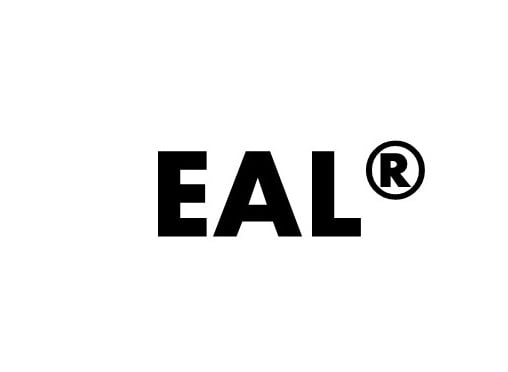Citing Content from the EAL
Q. How do I cite content (evidence summaries, worksheets) published on the EAL?
A. Information from the Academy of Nutrition and Dietetics Evidence Analysis Library© can be cited the same way that you cite other web references. Refer to the appropriate standards (MLA, APA, etc.). These standards can vary; however, citations for online sources should provide information that allows that source to be located and retrieved again. Web publications should also indicate the date the content was accessed. Below is one example:
Academy of Nutrition and Dietetics Evidence Analysis Library. "In adults with type 1 and type 2 diabetes, how effective is MNT provided by an RD/RDN on glycemia (A1C or glucose)?" Accessed 2 May 2016: http://www.andeal.org/topic.cfm?menu=5305&pcat=5491&cat=5161
Q. What format should I use to quote information from a guideline on the EAL?
A. Cite a guideline similar to an EAL project content. Including the guideline subject, published date and web address. Below is one example:
Evidence-based Nutrition Practice Guideline on (subject) published (date) at (web address) and copyrighted by the Academy of Nutrition and Dietetics. Accessed (date): insert link
Q. How should the Academy's Evidence-based Nutrition Practice Guideline be quoted or cited in reports?
A. When citing or quoting EBNP guidelines in a report:
- Content (conclusion statements, recommendations) should be printed in its entirety and should include the Grade and/or Rating.
- The following disclaimers are published in their entirety:
a. Academy of Nutrition and Dietetics Evidence-based Nutrition Practice Guidelines are intended to serve as a synthesis of the best evidence available to inform registered dietitians as they individualize nutrition care for their clients. Guidelines are provided with the express understanding that they do not establish or specify particular standards of care, whether legal, medical or other.
b. Evidence-based Nutrition Practice Guidelines are intended to summarize the best available research as a decision tool for Academy members.
c. No endorsement by the Academy of Nutrition and Dietetics of any brand-name product or service is intended or should be inferred from a Guideline or from any of its components (including Questions, Evidence Summary, Conclusion Statement, Conclusion Statement Grade, Recommendation or Recommendation Rating).
- Anyone wishing to republish any component of a Guideline for any consumer-oriented purpose must take care not to mislead the reader or imply Academy endorsement of a brand-name product, because consumers are likely not familiar with the science-based process of classifying professional recommendations for clinical practice guidelines.
- If a Recommendation Rating (e.g., Strong, Fair) or a Conclusion Statement Grade from the Guideline is reprinted, the following appropriate statement(s) must be included:
Conclusion statements are assigned a grade by an expert work group based on the systematic analysis and evaluation of the supporting research evidence. Grade I is good; Grade II, fair; Grade III, limited; Grade IV signifies expert opinion only; and grade V indicates that a grade is not assignable because there is no evidence to support or refute the conclusion.
Recommendations are assigned a rating by an expert work group based on the grade of the supporting evidence and the balance of benefit versus harm. Recommendation ratings are Strong, Fair, Weak, Consensus or Insufficient Evidence.
- Recommendations can be worded as conditional or imperative statements.
a. Conditional statements clearly define a specific situation, while imperative statements are broadly applicable to the target population without restraints on their pertinence. More specifically, a conditional recommendation can be stated in "if/then" terminology.
For example: "In persons receiving either MNT alone, glucose-lowering medications or fixed insulin doses, meal and snack carbohydrate intake should be kept consistent on a day-to-day basis. Consistency in carbohydrate intake results in improved glycemic control. Rating Strong, Conditional"
b. In contrast, imperative recommendations "require," 'must" or "should achieve certain goals," but do not contain conditional text that would limit their applicability to specified circumstances.
Requests to reprint additional information regarding content published on the EAL - including but limited to guideline methods or types of evidence supporting the recommendation - must be approved by the EAL staff prior to publication. See the Reprint Permissions section for information and instructions.